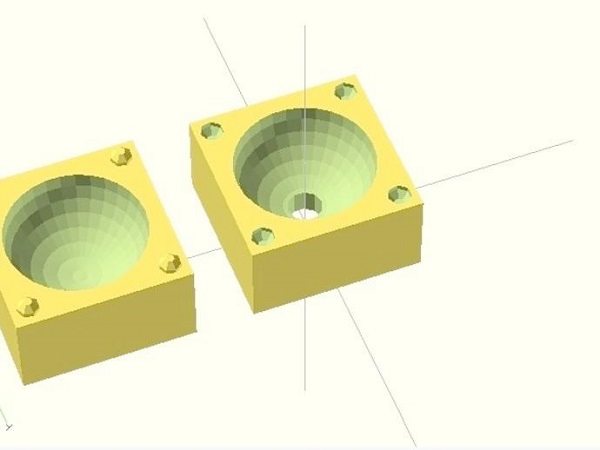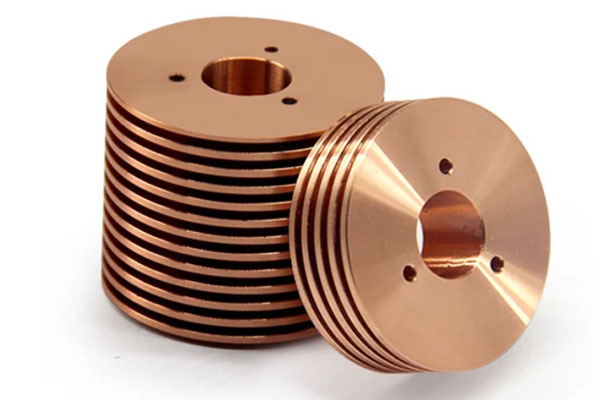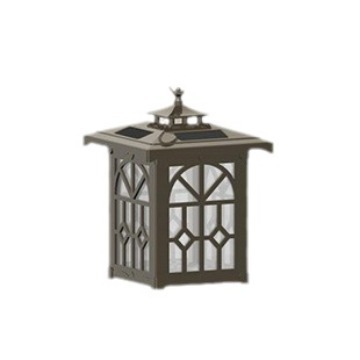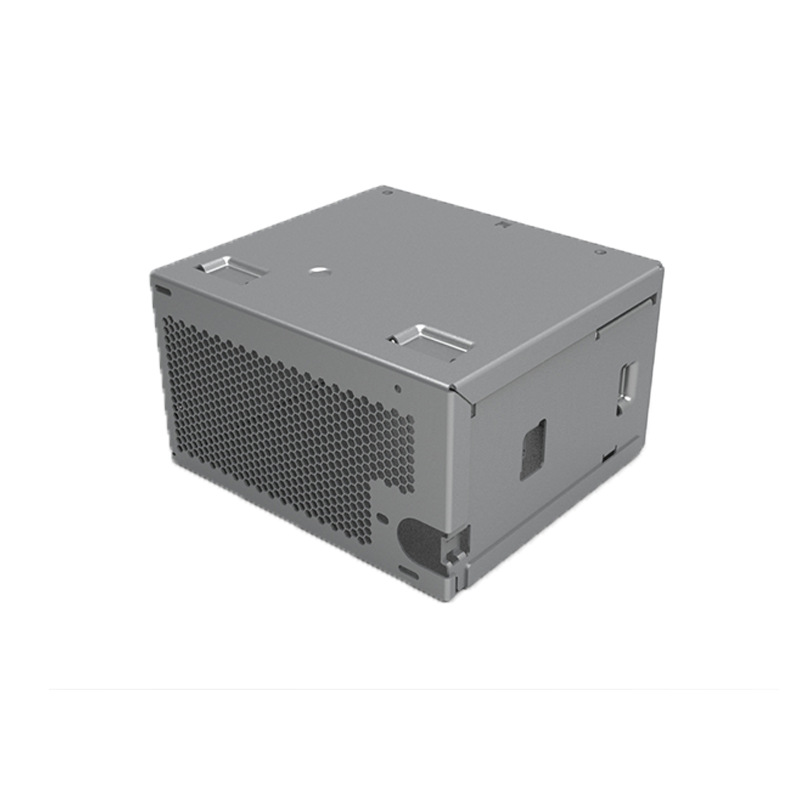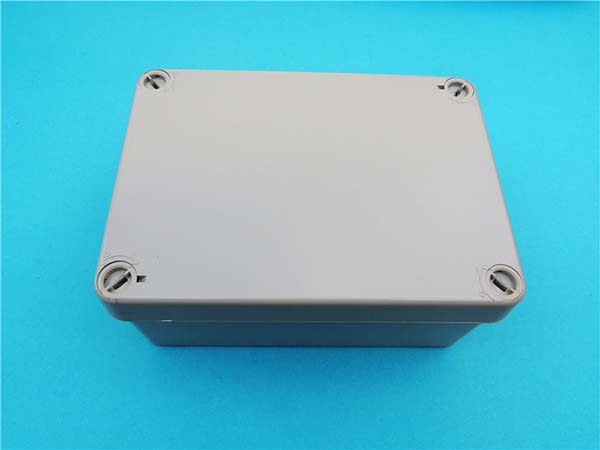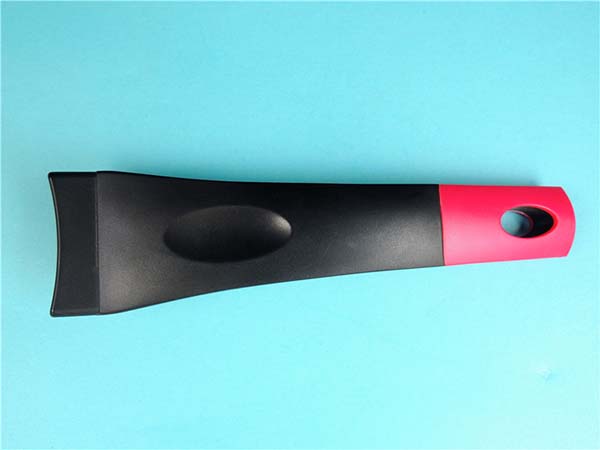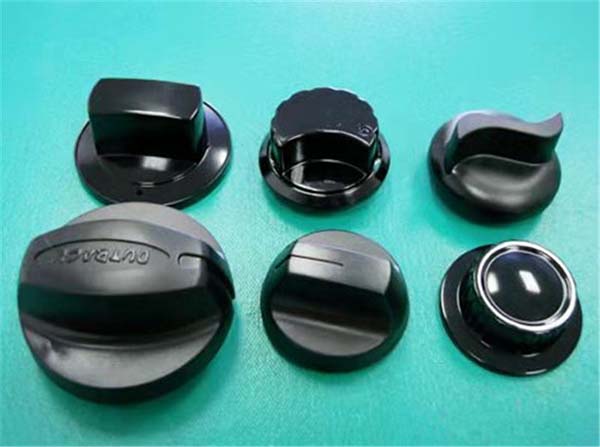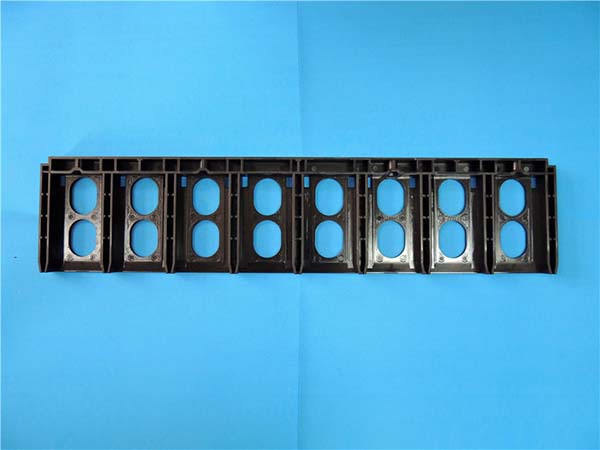Introduction
In modern manufacturing, 3D printing technology has emerged as a game - changer, revolutionizing the way products are designed and produced. It has found applications in a wide range of industries, from aerospace and automotive to healthcare and education. As this technology continues to advance, it's crucial to understand the different types of 3D printing technology available, each with its own unique characteristics, advantages, and limitations. This article will explore the various types of 3D printing technology, helping you gain a deeper understanding of how they work and where they are best applied.
Stereolithography (SLA)
Working Principle
SLA is one of the earliest and most well - known 3D printing technologies. Its working principle is based on the photopolymerization of liquid photopolymer resin. A 3D model created in CAD software is sliced into thin cross - sectional layers. Then, a UV laser beam is used to selectively cure the liquid resin layer by layer. The laser traces the cross - sectional shape of each layer according to the digital model data, and the irradiated resin immediately solidifies. As the process continues, each newly cured layer adheres to the previous one, gradually building up the three - dimensional object. For example, if you are printing a small figurine, the laser will first create the base layer of the figurine by solidifying the resin in the shape of the base, and then layer by layer, form the body, head, and other details.
Materials Used
The primary material used in SLA 3D printing is photosensitive resin. This resin is a liquid mixture that contains monomers, oligomers, and photoinitiators. When exposed to ultraviolet light within a specific wavelength range (usually 250 - 400 nm), the photoinitiators in the resin are activated, which then initiate a polymerization reaction. This causes the monomers and oligomers to link together, transforming the liquid resin into a solid plastic. Different types of photosensitive resins are available, each with unique properties. For instance, some resins are formulated for high - strength applications, while others are designed to have excellent heat resistance or optical clarity.
Advantages
- High Precision: SLA can achieve very high precision, with layer thicknesses often ranging from 0.05 mm to 0.1 mm. This makes it suitable for creating highly detailed models, such as jewelry prototypes, dental models, and intricate mechanical parts.
- Smooth Surface Finish: The printed objects typically have a smooth surface finish, reducing the need for extensive post - processing in many cases. This is beneficial for applications where aesthetics are important, like creating art pieces or consumer product prototypes.
- Complex Geometry: It can handle complex geometries with ease. Internal cavities, overhangs, and other intricate features can be printed without much difficulty, as long as proper support structures are designed.
Disadvantages
- High Cost: SLA equipment is relatively expensive compared to some other 3D printing technologies like FDM. Additionally, the photosensitive resin materials are also costly, and the cost per unit volume of printed material can be high.
- Toxicity: The liquid photosensitive resins often contain chemicals that can be harmful if ingested or come into contact with the skin. Adequate safety measures, such as proper ventilation and the use of protective gloves, are required during the printing process.
- Post - Processing Required: After printing, the object needs to be removed from the resin bath, cleaned to remove excess resin, and then further cured under UV light to achieve full strength. This post - processing adds time and complexity to the overall production process.
Selective Laser Sintering (SLS)
Working Principle
Selective Laser Sintering (SLS) operates on a unique principle. First, a thin layer of powdered material is evenly spread across a build platform. Then, a high - power laser beam is directed by a computer - controlled scanning system. The laser scans the cross - sectional pattern of the 3D model onto the powder layer. As the laser hits the powder, it raises the temperature of the powder particles to a point just below their melting point, causing them to sinter, or bond together. Once one layer is completed, the build platform lowers by a small increment, usually in the range of 0.05 - 0.2 mm, and a new layer of powder is spread on top. The process repeats, with each newly sintered layer fusing to the previous one until the entire 3D object is formed. For example, when creating a complex gear, the SLS machine will sinter the powder layer by layer, gradually forming the teeth and the hub of the gear.
Materials Used
SLS technology is known for its versatility in materials. Common materials include various plastics such as nylon (PA), which is popular for its strength, flexibility, and chemical resistance, making it suitable for applications like automotive parts prototyping and functional end - use components in consumer products. Metal powders are also used, including aluminum, titanium, and stainless steel. These are highly applicable in aerospace and medical industries. For instance, titanium powder can be sintered to create lightweight yet strong implants in the medical field, while aluminum powder is used to manufacture complex and high - performance parts in the aerospace industry. Additionally, composite powders and even some ceramic powders can be used in SLS, further expanding its application scope.
Advantages
- No Support Structures Needed: One of the significant advantages of SLS is that it does not require support structures during the printing process. Since the unsintered powder provides natural support for overhanging and complex geometries, it simplifies the printing process and reduces post - processing time. This is a major advantage compared to technologies like SLA and FDM.
- Complex Geometry and Functionality: SLS can produce parts with extremely complex internal structures and external geometries. This makes it possible to create components with integrated features such as channels, cavities, and lattice structures, which are difficult or impossible to achieve with traditional manufacturing methods. These complex structures can enhance the functionality of the parts, for example, in heat exchangers where complex internal channels can improve heat transfer efficiency.
- High Material Utilization: The material utilization rate in SLS is relatively high. Unused powder can be easily recycled and reused in subsequent prints. Typically, up to 95% of the powder can be reclaimed, which not only reduces material waste but also cuts down on production costs over time.
Disadvantages
- High Equipment Cost: SLS machines are quite expensive. The high - power lasers, precise scanning systems, and temperature - controlled chambers required for the process contribute to the high price tag. A professional - grade SLS printer can cost hundreds of thousands of dollars, making it less accessible for small - scale manufacturers and hobbyists.
- Time - Consuming Sintering Process: The sintering process in SLS is relatively slow. Heating the powder layer by layer and ensuring proper bonding takes time, especially for large or complex parts. A medium - sized part might take several hours to a full day to print, which can be a bottleneck for high - volume production.
- Rough Surface Finish and Post - Processing: The surface finish of SLS - printed parts is usually rough compared to some other 3D printing technologies. This is due to the nature of the sintering process and the granularity of the powder. As a result, post - processing such as sanding, polishing, or infiltration is often required to achieve a smooth surface finish, adding extra time and cost to the production process.
Comparison Table
Here is a comparison table summarizing the key differences among FDM, SLA, and SLS 3D printing technologies in terms of cost, precision, speed, materials, and applicable scenarios:
| 3D Printing Technology | Cost | Precision | Speed | Materials | Applicable Scenarios |
| FDM (Fused Deposition Modeling) | Low equipment cost, low - cost materials like PLA and ABS filaments. Overall cost - effective for small - scale production and hobby use. | Moderate precision, layer thickness usually 0.1 - 0.4 mm. Not suitable for high - precision applications. | Relatively slow, typically 10 - 100 mm/s. Printing speed is affected by model complexity. | Mainly thermoplastics such as PLA, ABS, PETG, TPU. | Prototyping in small businesses, educational purposes, creating simple consumer products like toys, and functional parts with lower precision requirements. |
| SLA (Stereolithography) | High equipment cost, expensive photosensitive resin materials. High overall cost per unit. | High precision, layer thickness can reach 0.05 - 0.1 mm. Suitable for high - detail models. | Faster than FDM, generally dozens of mm/s. But printing large parts may still take a long time. | Photosensitive resins with different properties like standard, tough, flexible, and casting resins. | Jewelry prototyping, dental models, creating high - end consumer product prototypes, and art pieces where aesthetics and high precision are crucial. |
| SLS (Selective Laser Sintering) | High - cost equipment due to high - power lasers and complex systems. Powder materials are relatively expensive, but high material utilization rate. | Moderate to high precision, with a dimensional tolerance of ±0.3% and a lower limit of ±0.3 mm. | Relatively fast, similar to SLA in speed. But complex parts may take longer. | Nylon, metal powders (aluminum, titanium, stainless steel), composite powders, and some ceramic powders. | Aerospace parts manufacturing, automotive prototyping, producing functional end - use components in industries that require high - strength materials, and manufacturing parts with complex internal structures. |
Yigu Technology's Viewpoint
As a non - standard plastic metal products custom supplier, Yigu Technology highly values 3D printing technology. 3D printing offers significant advantages in customized production. It allows us to meet the special requirements of clients precisely, whether it's complex geometric designs or unique material combinations. For example, when creating custom - designed plastic parts for specific machinery, 3D printing can produce prototypes quickly, reducing the development cycle. This not only improves production efficiency but also enhances product quality by minimizing human - error - prone processes in traditional manufacturing.
However, in practical applications, we also encounter challenges. Material selection can be limited, especially when it comes to finding the perfect match for specific mechanical and chemical properties. Cost control is another issue, as high - quality 3D printing materials and equipment can be expensive. Despite these challenges, we at Yigu Technology will continuously monitor the development of 3D printing technology and explore better solutions to leverage its full potential in custom manufacturing.
FAQ
What is the most cost - effective 3D printing technology for small - scale production?
For small - scale production, Fused Deposition Modeling (FDM) is often the most cost - effective 3D printing technology. FDM printers are relatively inexpensive, with entry - level models available for as low as a few hundred dollars. The materials used in FDM, such as PLA (Polylactic Acid) and ABS (Acrylonitrile Butadiene Styrene) filaments, are also affordable, typically costing around \(20 - \)50 per kilogram. In small - scale production, the low - cost nature of both the equipment and materials in FDM technology helps to keep overall production costs down. Additionally, FDM is easy to use and maintain, which is beneficial for small - scale operations that may not have extensive technical resources.
Which 3D printing technology is best for creating high - precision jewelry models?
Stereolithography (SLA) is the best 3D printing technology for creating high - precision jewelry models. SLA can achieve extremely high precision, with layer thicknesses as low as 0.05 mm. This allows for the creation of intricate details, such as fine filigree work, small gem - setting areas, and delicate patterns, which are common in jewelry design. The smooth surface finish of SLA - printed objects also makes them ideal for jewelry, as it reduces the need for extensive post - processing to achieve a high - quality, polished look. Moreover, the photosensitive resins used in SLA can be formulated to have properties similar to traditional jewelry - making materials in terms of appearance and durability, making it a perfect choice for jewelry model creation.
Can SLS 3D printing technology be used to print metal parts directly?
Yes, Selective Laser Sintering (SLS) 3D printing technology can be used to print metal parts directly. In the SLS process for metal printing, a high - power laser is used to sinter metal powder particles together. The laser scans the cross - sectional pattern of the 3D model onto the powder layer, causing the metal powder to bond at a temperature just below its melting point. This 逐层 sintering process gradually builds up the 3D metal part. Metals commonly used in SLS for metal part production include aluminum, titanium, and stainless steel. These metal parts printed by SLS have applications in various industries, such as aerospace, automotive, and medical, where high - strength and complex - shaped metal components are required.
